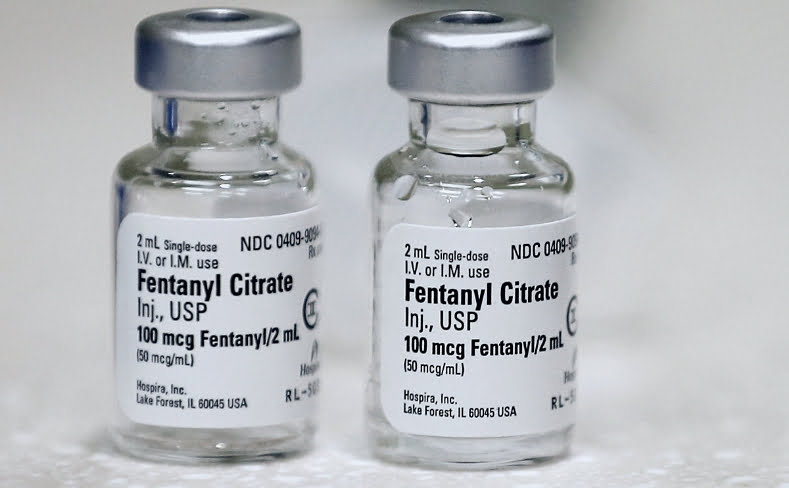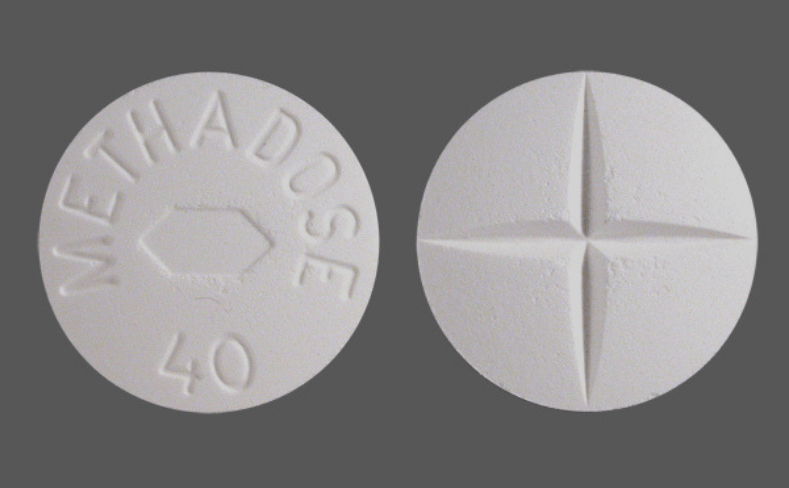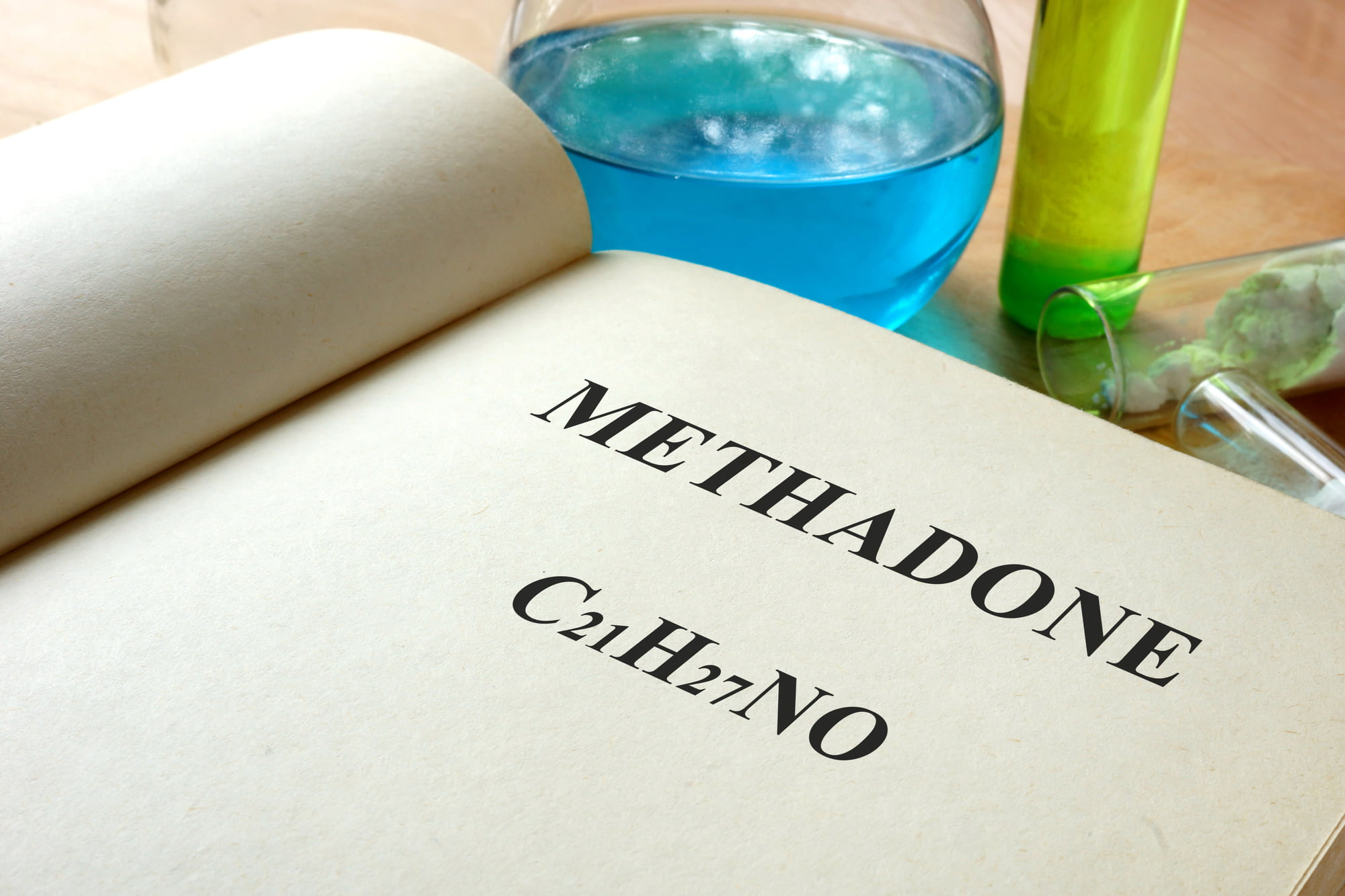Methadone Withdrawal Timeline: How Long Does Detox Take?
Congratulations for trying to get off methadone. We wish we could tell you it’s going to be easy, but it’s not. Addictions are a hard cycle to break – but it’s possible.
One of the most common reasons people don’t break the addiction cycle is because they don’t understand what getting sober is really like. They don’t consider the physical withdrawal symptoms.
We’re here to walk you through the methadone withdrawal timeline and give suggestions on how to make it better. We’ll give you tips on each step – but here are some general detox success tips, first.
Detox Success Tips
You’re going to need help when you’re detoxing, in some way. Here’s what we recommend.
1. Tell Someone You’re Detoxing
It’s unlike no one noticed that you were using drugs. Especially if you were on them for a long period of time. Your loved ones or even just one trusted friend will be happy to hear you’re working towards sobriety.
Pick someone (or multiple people) and let them know you’re detoxing. Ask them to come stay with you or check in with you throughout the process so they can provide support.
2. Try to Function as Normal
The first week of detox is the hardest on your body, but also on your mind. Your symptoms are going to make you want to lay on the couch – but you can’t.
If you lay on the couch in discomfort, all you’ll be able to think about is relapsing. Try to go about your daily activities as planned. You can use over-the-counter medication to treat some of your symptoms.
It may not feel great, but it’ll keep you from obsessing over finding more pills.
3. Seek Out Counseling
If there’s an addiction center in your area, it’s a good idea to meet with a counselor there. Many of them have outpatient programs so you can continue to live your life as normal.
Having someone who knows what drug withdrawal is like will help you stay on track.
If there’s not or you have a therapist, make sure they know you’re trying to get sober. They’re there to support you in all your darkest moments.
The Methadone Withdrawal Timeline
Let’s get specific – what happens when that last pill you took wears off and you’re out or you’ve thrown all of them away? Here’s what to expect.
The First Day
Methadone withdrawal isn’t a straight downhill battle. Your first day won’t be quite as hard as the second or third. That’s where the hill peaks when it comes to symptoms.
Your first day you may feel anxious and hazy. It’s normal to experience light flu-like symptoms.
You’ll probably find your heart beating faster than normal, as your body speeds up processes to figure out what’s missing.
If you have chills, a fever, or muscle aches – these are all normal. If your heart or chest starts to hurt – please go to the hospital.
The Second and Third Day (Symptoms Peak)
You’ll probably feel straight-up sick on these days. Whatever happened the first day is about twice as bad on day two or three. This is where most people fall out of the detox process and give in to their cravings.
Don’t be one of them! Use our general tips for success above.
During this stage, not only will you feel feverish, but the psychological issues will kick in. You can expect very strong cravings for the drug and the thought that “it would make all this go away”.
Hallucinations and paranoia are possible, so please make sure you call a trusted companion if this starts to happen. They can keep you from acting on anything if you’re experiencing a lapse in reality.
You may not be able to sleep, either, even though all the mental symptoms will exhaust you. Please don’t take anything strong like Ambien or Nyquil – your body is already trying to process enough.
Finally. you’ll have anxiety and you’ll probably be pretty grumpy. Warn the people you interact with to expect changes in mood. You can always apologize for being snappy later.
While most people peak on day three, it takes others longer. It depends on how long you’ve been addicted and the dosage you’re used to.
Addicts who’ve been on the drug longer or take more milligrams than others have a longer withdrawal period.
Day 4-10
Like we said, you could experience intense withdrawal symptoms for up to 10 days or a week, depending on your usage. But by the end of the first week, you should start to see symptoms subside.
While the physical discomfort goes away, you may find your mental state gets worse. Depression is common among opiate addicts, especially.
You’ve been supplying your brain with an outside-source of dopamine, the happiness chemical. It’s not used to having to make its own.
It’ll take a while for it to kick back into production, and you’ll feel depressed until it does.
Day 10+
We don’t want to scare you, but your depression and cravings can last for months after your last dose. That’s why it’s so important to seek out support.
Family members, people at church or professional counselors are all good people to turn to.
Treating Your Symptoms
Your methadone withdrawal timeline will be different than anyone else. It’s a unique process and you only have to do it once – if you do it right!
Are you about to start detox or are you already uncomfortable? You can make yourself feel a little better with these herbal remedies.
Remember that this is suffering you’re doing for a better future – for you and the people that love you!










